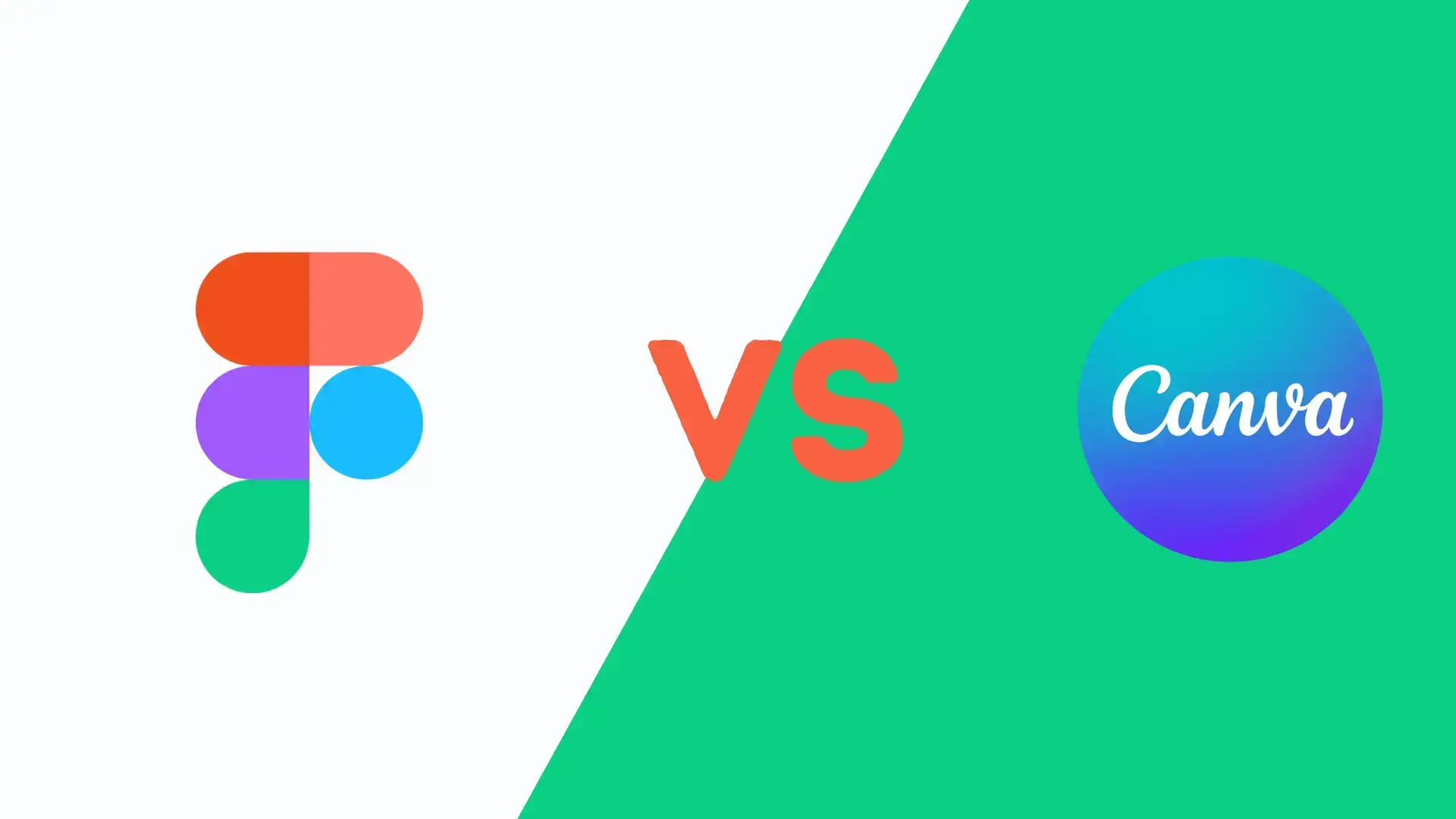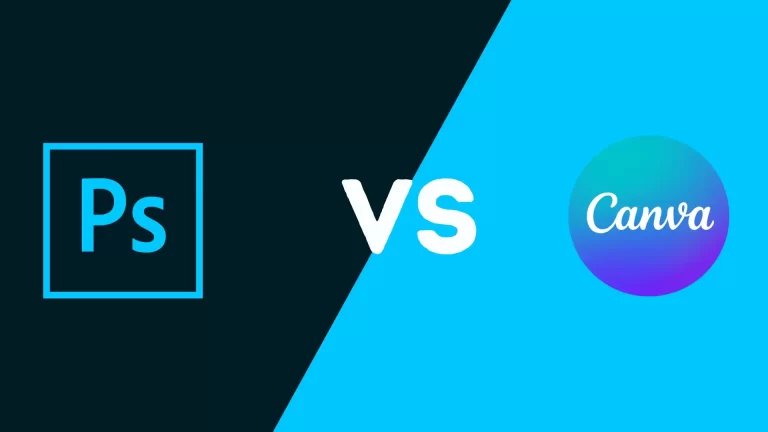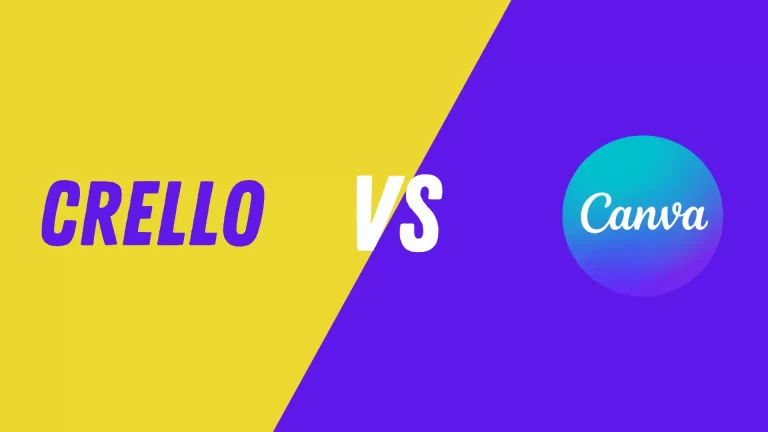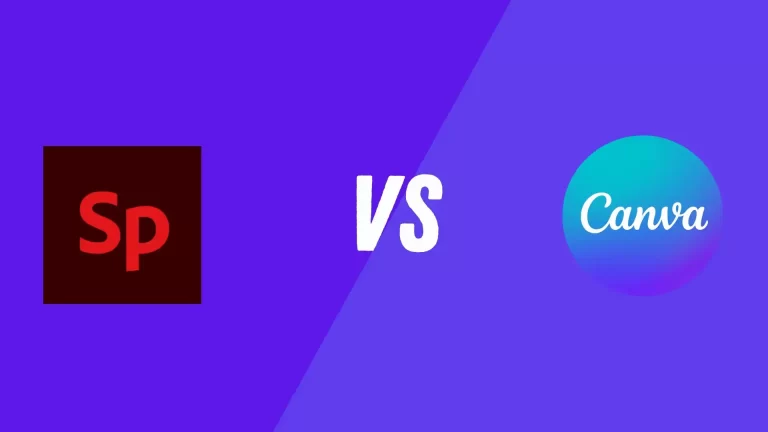Last Updated on October 10, 2023 by Adil
Introduction:
When deciding between Canva VS Figma as your design tool, there are vital factors to consider. The interface, ease of use, features, templates, compatibility & requirement, pricing, integrations, collaboration capabilities, customer support, and pros & cons will all play into your decision.
Interface:
Canva has a user-friendly interface with minimal clutter and an intuitive drag-and-drop feature that makes designing easy for beginners. Figma’s interface is more complex than Canva’s but offers robust features like an in-depth inspector panel and layers system that are perfect for those who want complete control over their designs.
Ease of Use:
Both tools offer basic tutorials to get users up to speed. Canva is easy to learn, with plenty of templates and pre-made designs that are quickly edited; however, its lack of advanced design features can make it limiting for more experienced designers. It works the same as PicMonkey.Figma, on the other hand, has a steep learning curve due to its complex interface but offers a wide range of powerful tools for those willing to put in the time.
Canva VS Figma: Features
Canva is ideal for creating simple graphics like posters, flyers, and presentations. It offers basic text editing, layer manipulation, and some basic resize options. Figma provides users with powerful vector editing capabilities along with support for audio, video, and 3D elements. Additionally, it allows users to collaborate in real-time on projects, making it great for collaborative projects.
Templates:
Canva offers over 10,000 templates with its subscription plan and has a library of fonts, images, and illustrations. Figma’s template selection is more limited, but it does have plenty of design resources and components that can be used to create custom designs.
Compatibility & Requirement:
Canva only requires an internet connection, a modern browser, or a mobile app. It works on both Mac and Windows operating systems. Figma also functions on most browsers but requires an Adobe Creative Cloud account for collaboration purposes. In addition, Figma is available on iOS and Android devices as well as Linux systems.
Canva VS Figma: Pricing
Canva offers free plans for individuals and premium plans starting at $9.95/month, and business plans beginning at $12.95/month. Figma’s free plan is limited to three projects, but its Pro Plan starts at a much cheaper $12/month, and its Teams plan begins at $45/month for five users.
Integrations:
Canva integrates with Asana, Dropbox, and Slack for project management, file sharing, and collaboration tools, respectively. Figma also has integrations with popular applications like Jira, Dropbox, and GitHub, the latter two of which are helpful for developers working in teams.
Collaboration:
Canva allows up to 10 team members to collaborate on a single project, while Figma supports unlimited real-time collaborators who can comment on and discuss each other’s work.
Customer Support:
Canva has an extensive help center, detailed tutorials, and a customer support team available through email or live chat. Figma also provides excellent customer service but is still working on building out its support library.
Pros & Cons:
Canva is best for those new to design or who need to create images without any frills quickly; it’s easy to use and affordable too. Figma is better suited for experienced designers who want a powerful tool with advanced features, although it may be difficult to learn due to its complexity.
Conclusion:
Ultimately, the choice between Canva VS Figma comes down to personal preference, as both tools have pros and cons. Canva can quickly create simple graphics, while Figma allows users to create complex designs with powerful features. Deciding which is right for you will depend on your design requirements, budget, and experience level. If you’re still unsure, both offer free plans, so why not try them? You might find the perfect design tool!







